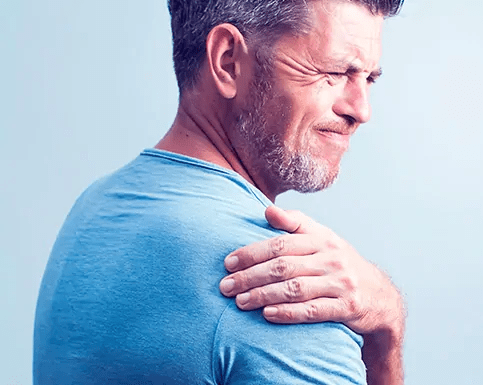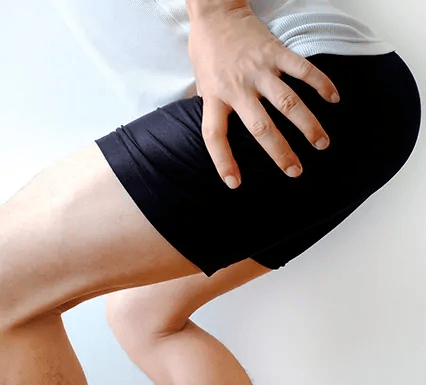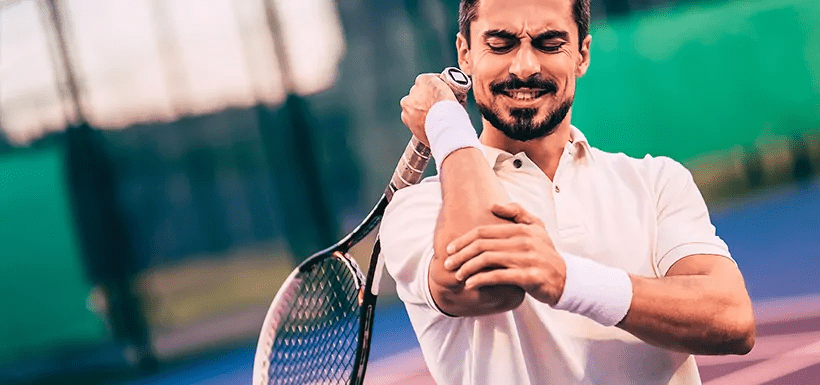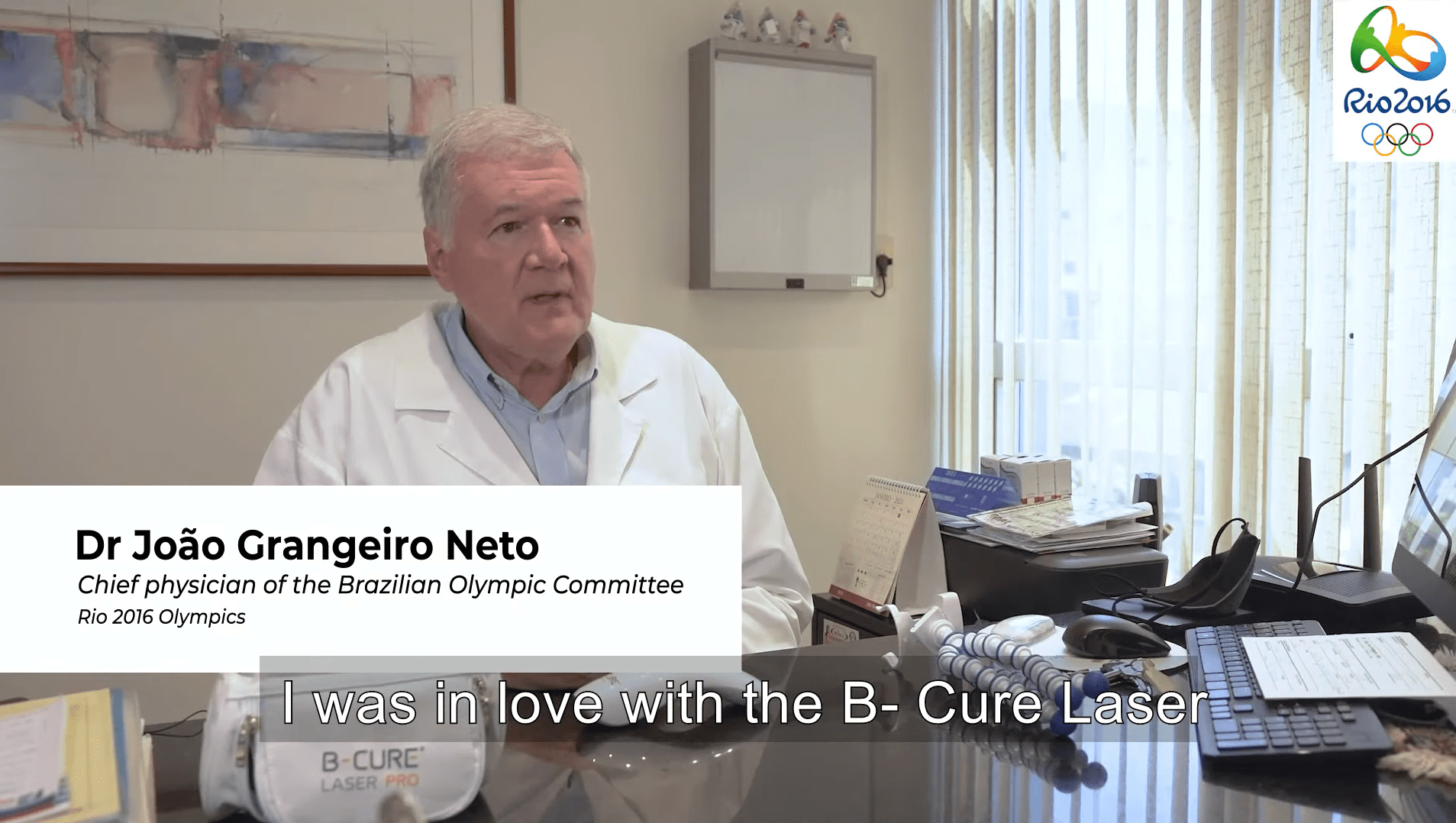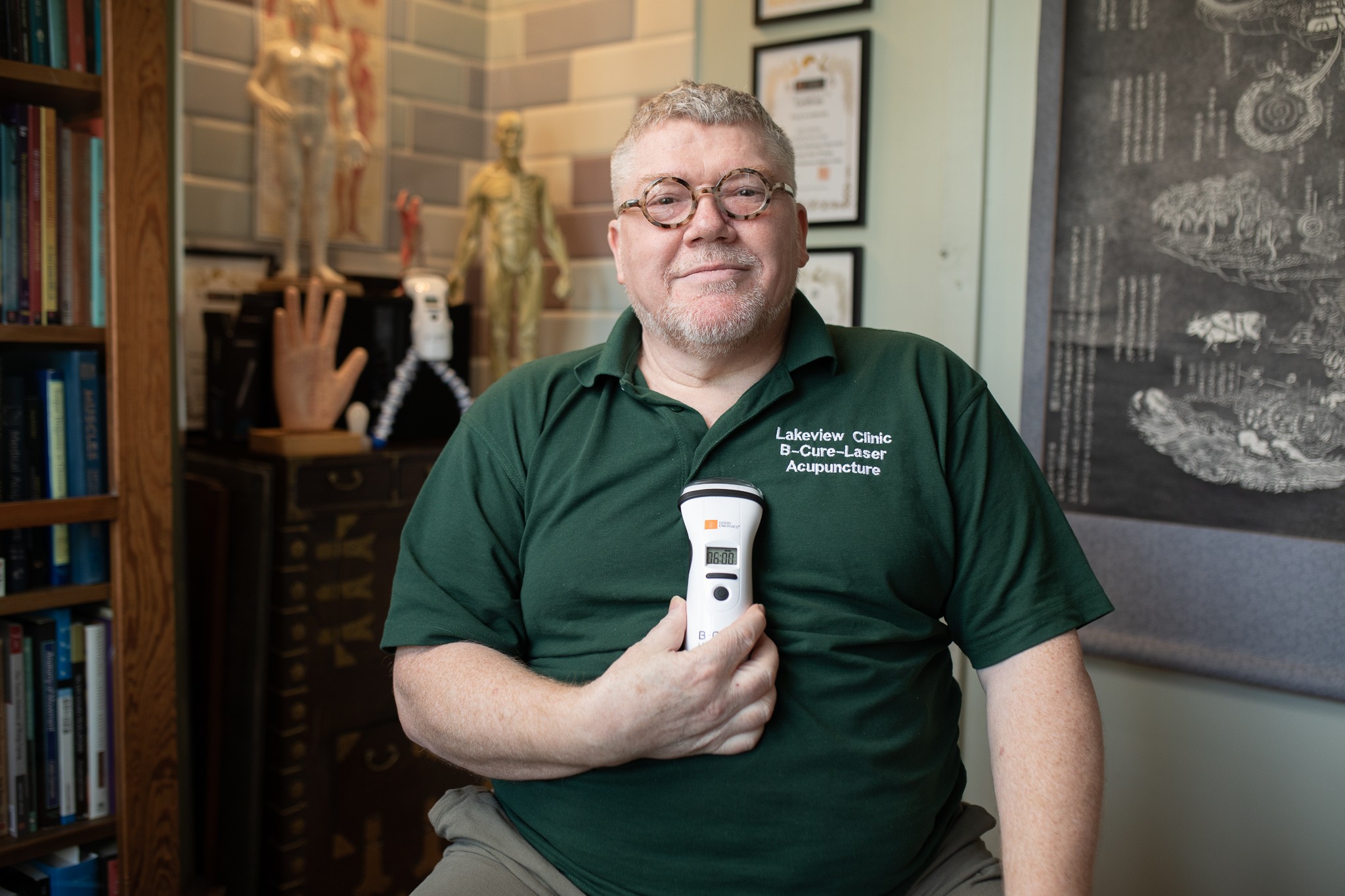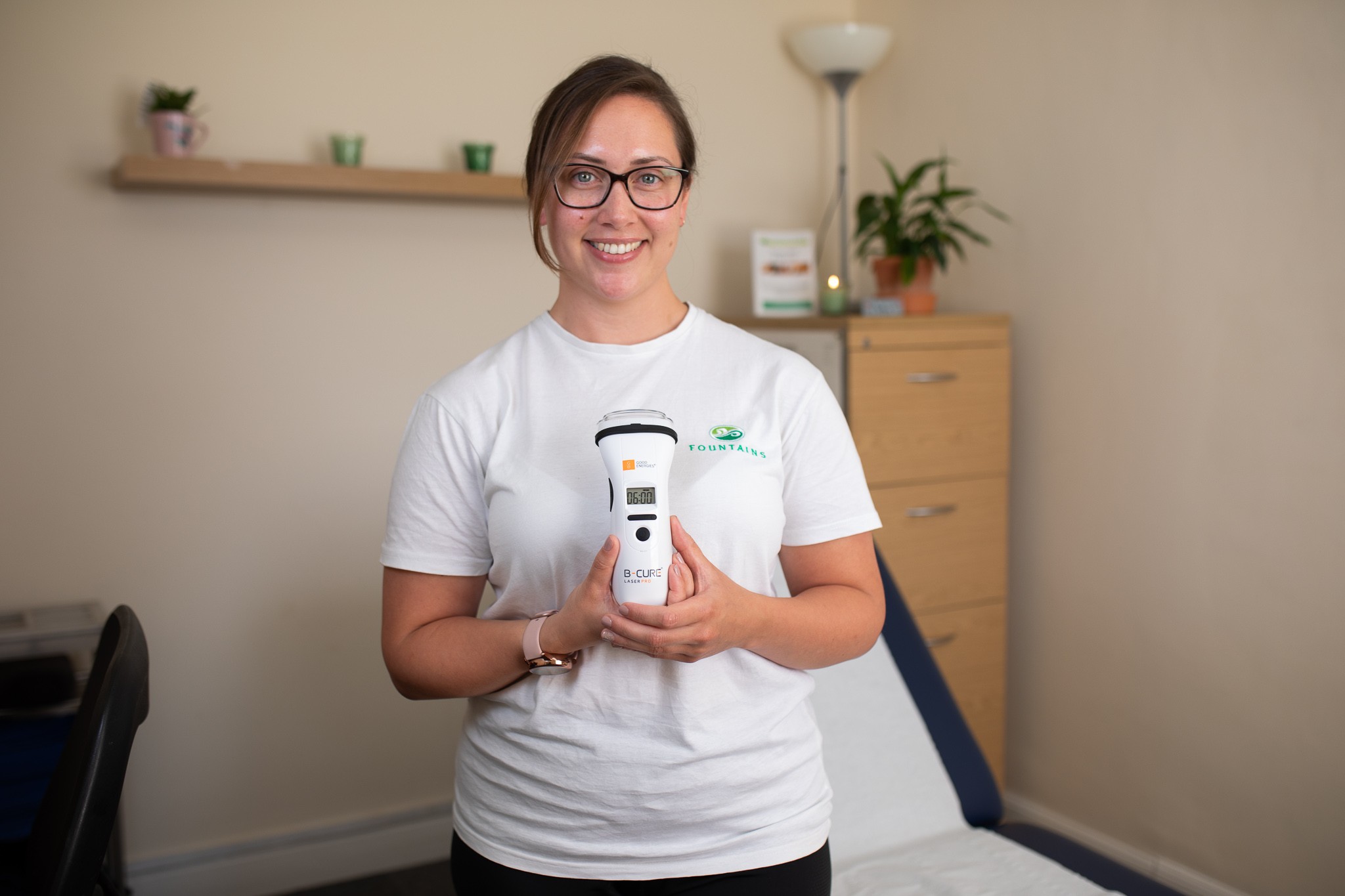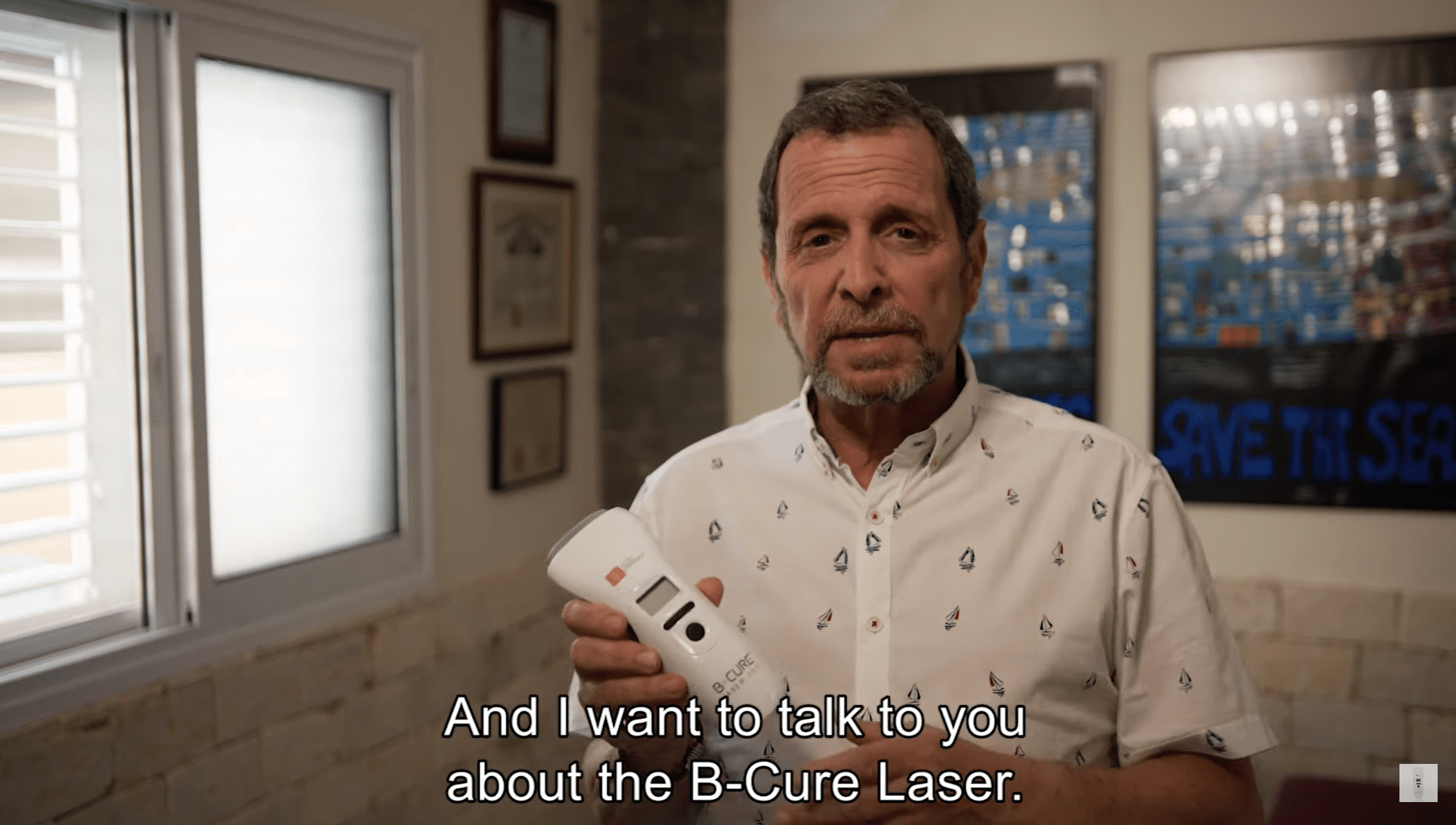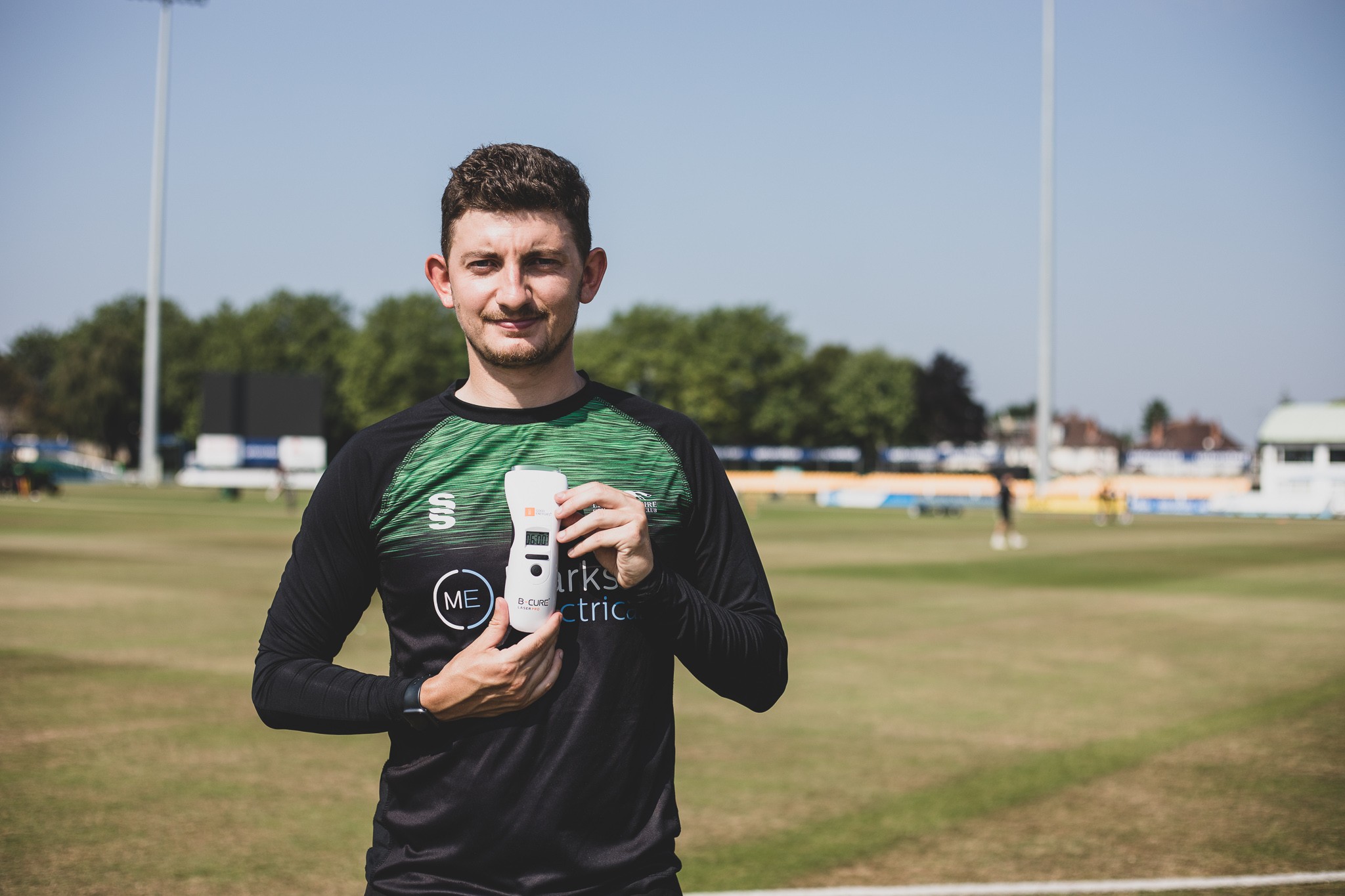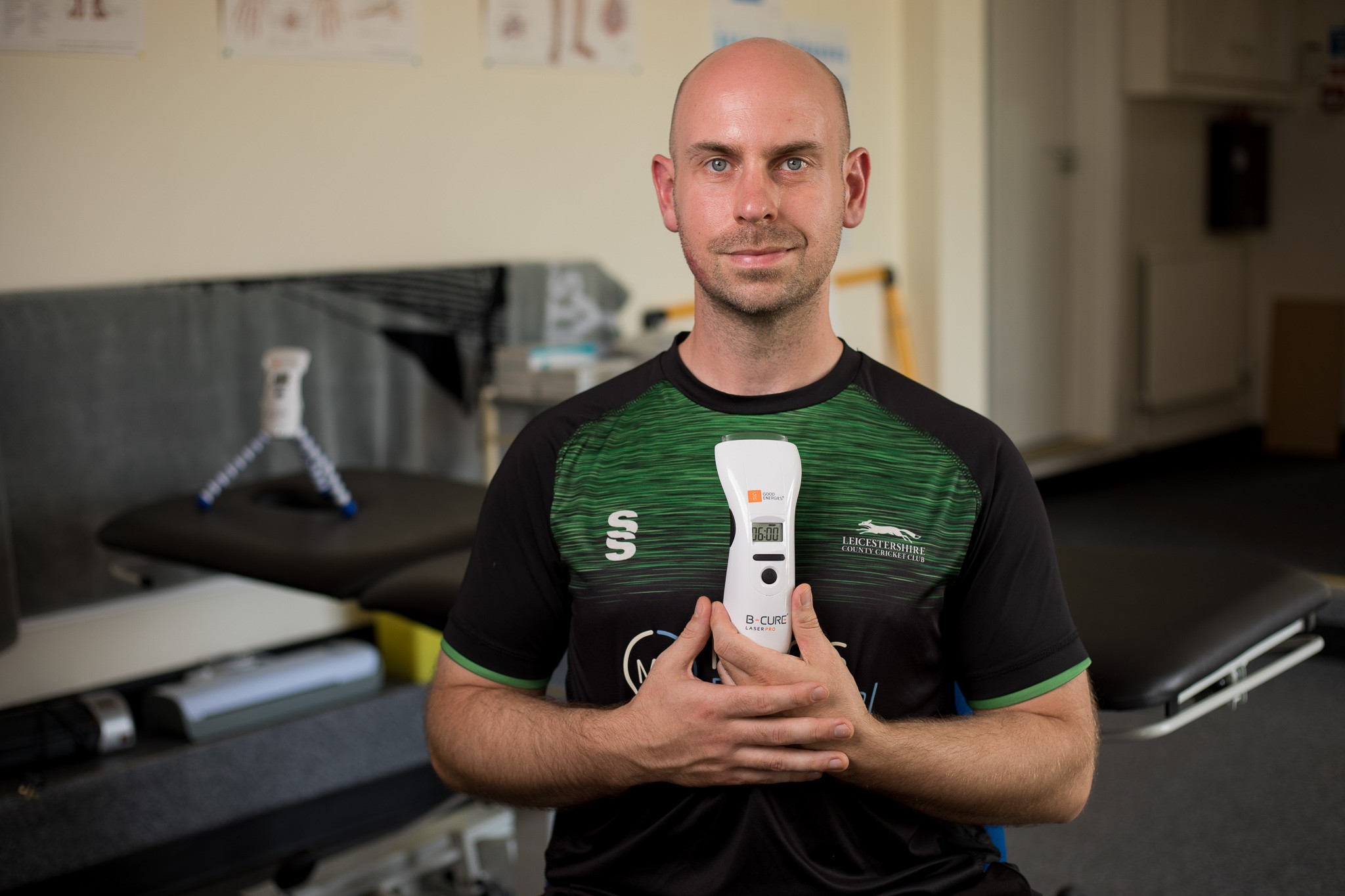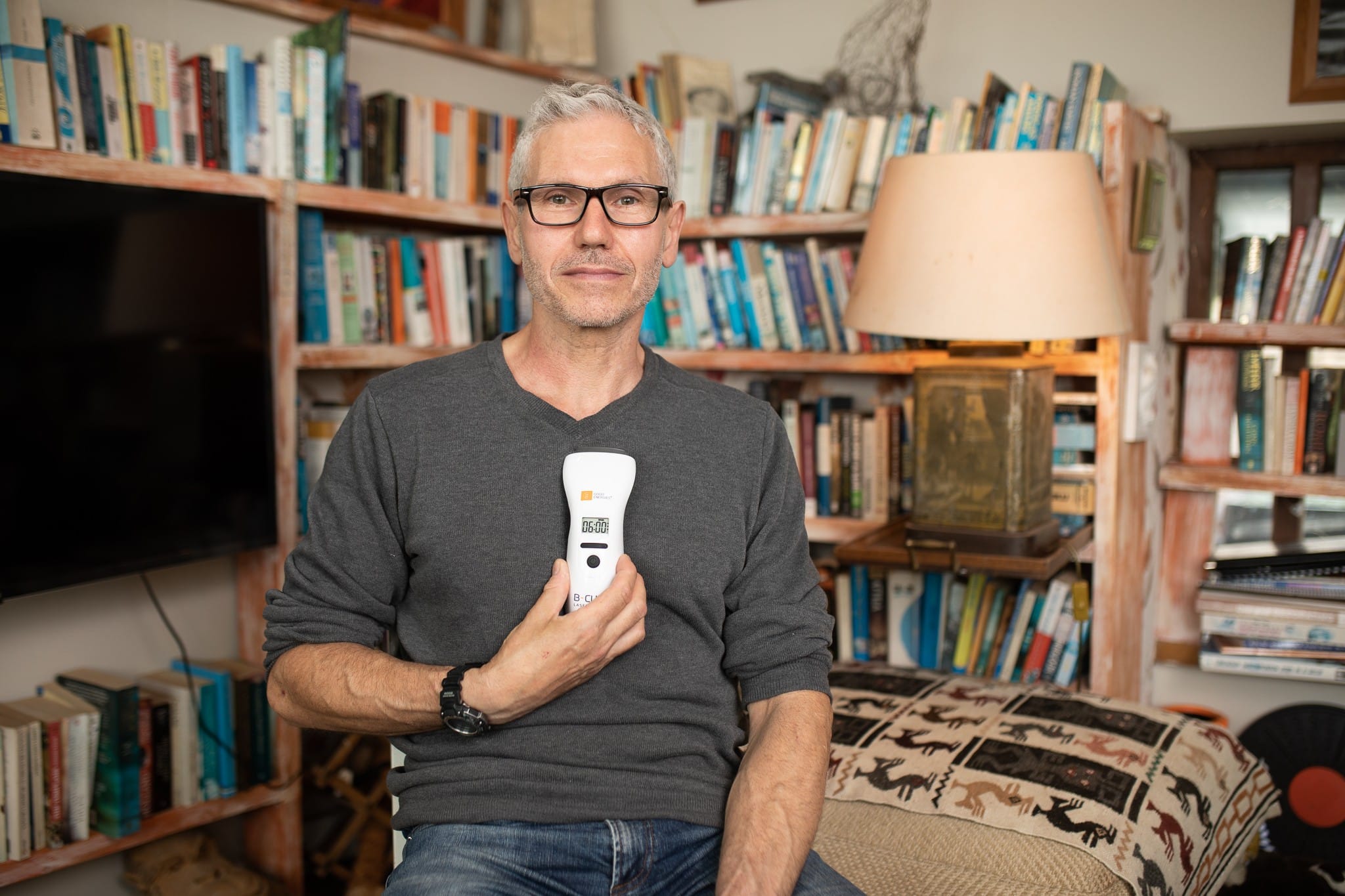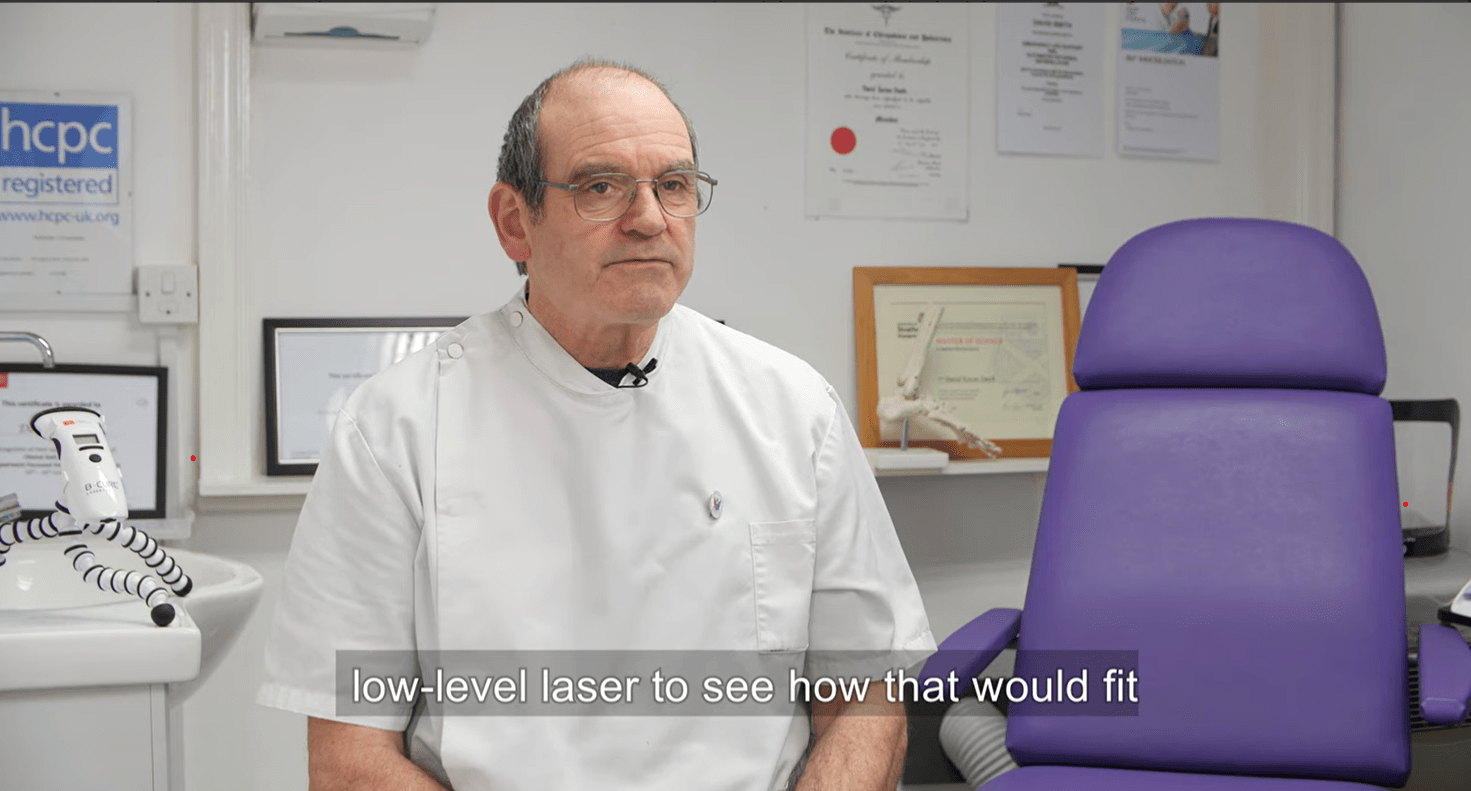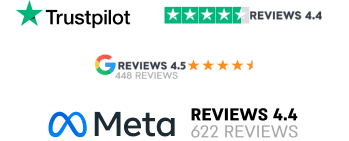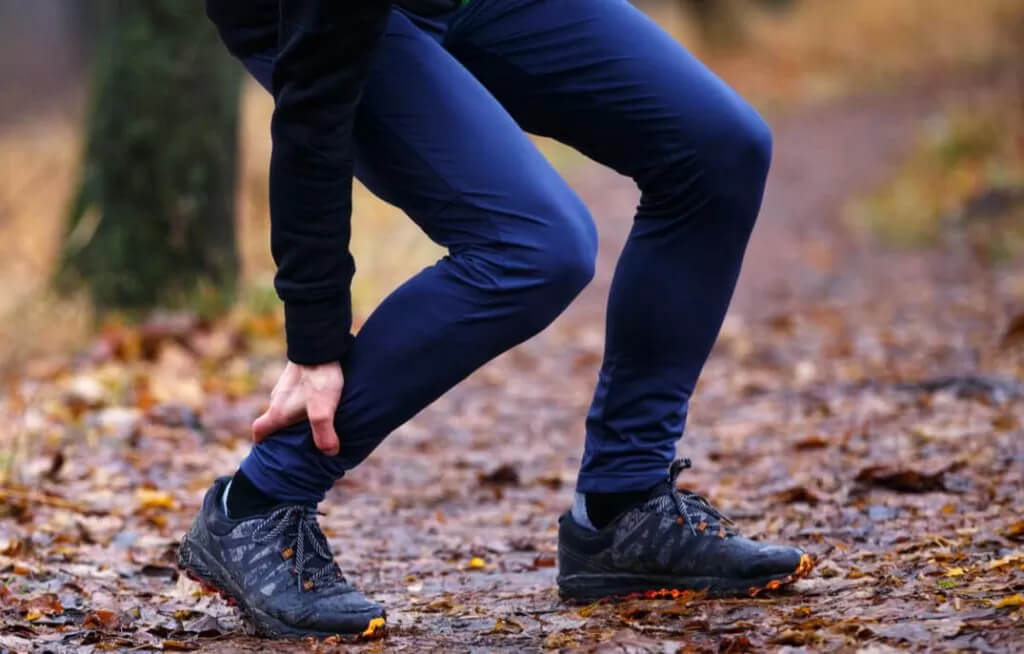
What Are the Symptoms of Achilles Tendon Inflammation?
The Achilles tendon, linking the calf muscles to the heel, is the body’s longest tendon. Injury to this tissue can occur due to trauma, a specific strain, or continuous overuse.
Pain resulting from Achilles tendon inflammation typically starts gradually and tends to worsen with time. It manifests in the rear part of the foot above the heel and is noticeable during physical activities.
Who is at Risk for Suffering from Achilles Tendon Inflammation?
Achilles tendon inflammation is common among athletes in sports such as running, dancing, tennis, volleyball, basketball, and football. These sports often require rapid movements and frequent transitions from a standing position to forward motion.
Common Treatments for Achilles Tendon Inflammation
Rest, anti-inflammatory medications, arch supports, stretching exercises, and therapeutic exercises are typically prescribed as the primary treatments. Treating Achilles tendon injuries can be challenging, often resulting in chronic pain that restricts participation in daily physical activities and sports.
How is Achilles Tendon Inflammation Treated?
-
- Physical therapy
-
- Surgery – in the event it has been decided to prevent further tearing of the tendon
-
- Low-Level laser: B-Cure Laser
Numerous scientific studies have concluded that low-level laser therapy is highly effective for treating Achilles tendon injuries. A recent study published in the American Journal of Sports Medicine specifically investigated the efficacy of low-level laser therapy in this regard.
There was a notable difference observed between the B-Cure Laser treatment group and the placebo group. Those treated with low-level laser therapy achieved the same level of healing within 4 weeks, whereas the placebo group required 12 weeks to reach similar results.
Treatment of Inflammation of the Achilles Tendon with B-Cure Laser
B-Cure Laser aids in Achilles tendon treatment by triggering the release of endorphins, which alleviate pain. It also boosts the production of anti-inflammatory enzymes and promotes collagen release, crucial for tissue repair. The laser’s photons penetrate deeply into the tissue, accelerating the body’s natural healing processes.
Therapeutic effects of B-Cure Laser include:
-
- Increased production of ATP (Adenosine Triphosphate)
-
- Increased cellular metabolism
-
- Increased collagen production
-
- Increased enzyme production
-
- Increased protein synthesis
-
- Improved blood circulation
-
- Improved lymphatic flow and drainage
-
- Reduced inflammation
All this serves to boost the body’s natural healing power, targeting the root causes of pain and providing rapid relief.
Video: How does B-Cure Laser work? Technology & Innovation
B-Cure Laser is unique due to it’s beam that covers a surface area of 4.5 cm², making it possible to treat a wide range of painful conditions easily, effectively and quickly.
What are the benefits of B-Cure Laser?
-
- May reduce chronic pain
-
- Non-invasive and non-surgical treatment
-
- Suitable for all ages
-
- No known side effects
-
- Clinically proven by many studies
-
- Easy and safe for home use
Videos: Professional Recommendations
Treatment Protocol
Treatment should be applied along the heel and on both sides.
Treat the following locations:
-
- On top of the heel, lengthwise.
-
- Above the heel, lengthwise.
-
- On the right side of the ankle, lengthwise
-
- On the left side of the ankle, lengthwise.
Four treatment points, 6-8 minutes each.
To make treatment more convenient, the adjustable stand may be used. Stabilise the device and the stand and treat without moving so that the laser beam penetrates deep into the tissues.
For optimal results, repeat the treatment at least twice a day
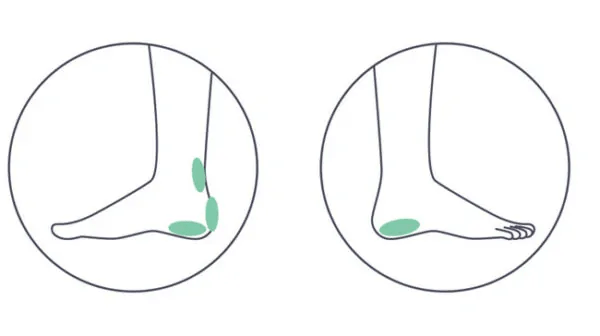
To learn more about other health conditions that the B-Cure Laser can help manage, please visit our Treatment Guide page.


